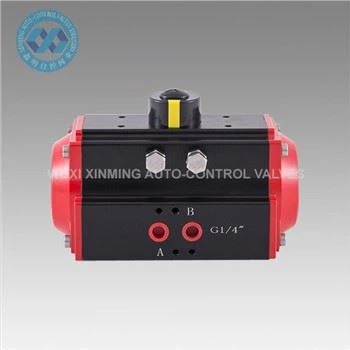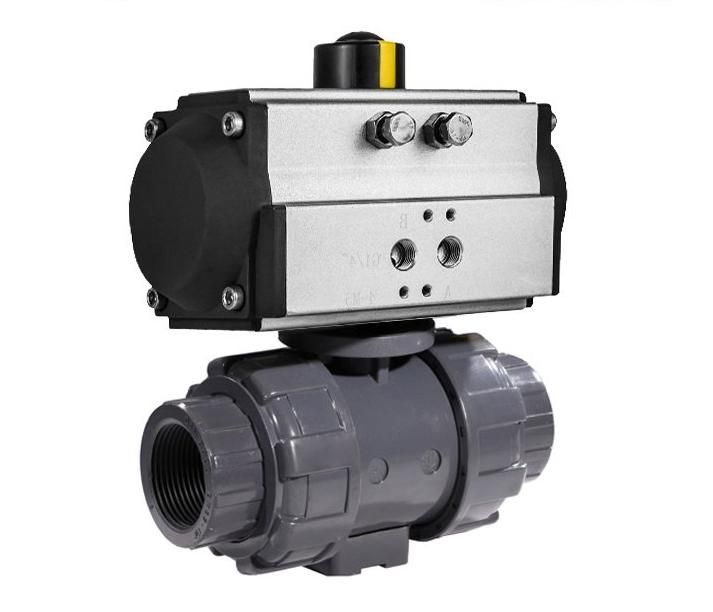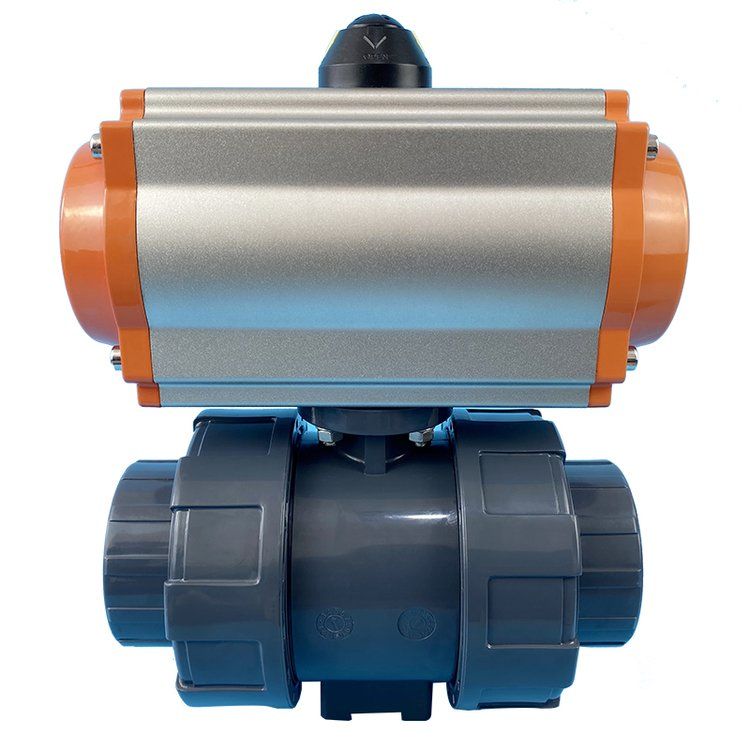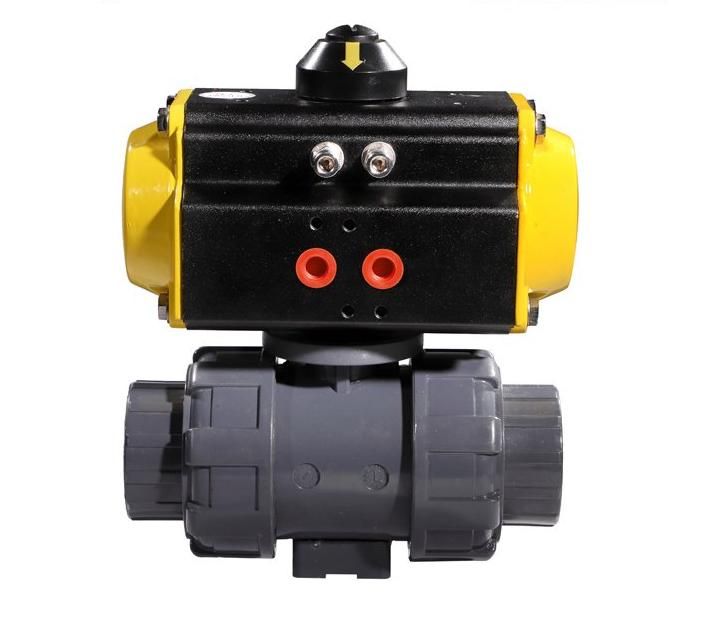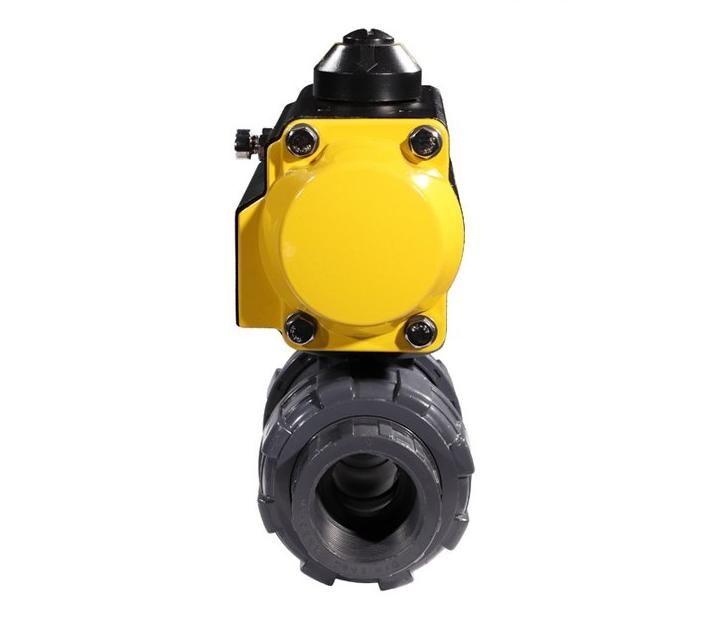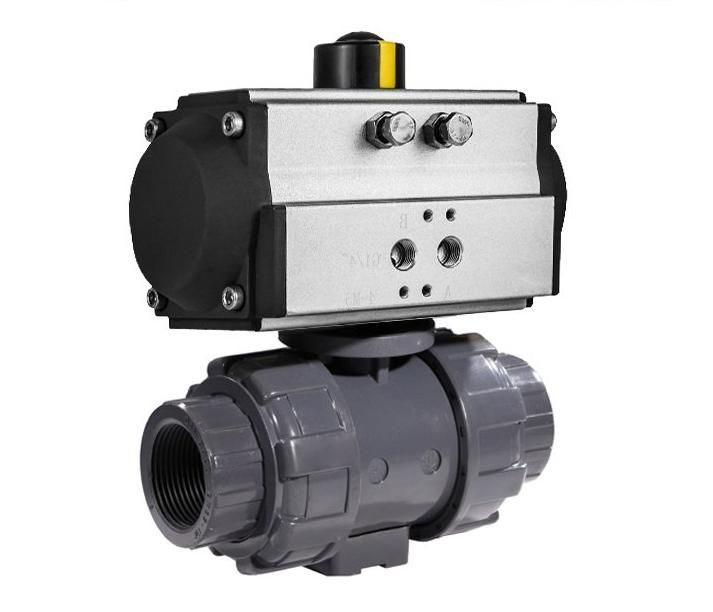Temperature Effects on Single-Acting Pneumatic Actuators
Temperature significantly influences the performance and reliability of single-acting pneumatic actuators, affecting both mechanical components and compressed air behavior.
1. High-Temperature Effects (Above 80°C/176°F)
- Spring Weakening: Repeated heat exposure reduces spring tension, compromising fail-safe response speed and force
- Seal Degradation: Standard elastomer seals (NBR) harden or crack; high-temp materials (FKM, PTFE) required
- Air Expansion: Compressed air loses density, reducing actuation force unless pressure adjusted
2. Low-Temperature Effects (Below -20°C/-4°F)
- Spring Brittleness: Metal springs may fracture under sudden load
- Seal Stiffness: Standard seals lose elasticity, causing leaks; cold-resistant materials (EPDM, silicone) needed
- Moisture Freezing: Condensation in air lines can ice up, blocking movement or damaging components
3. Mitigation Strategies
- Material Selection: Use stainless steel springs and temperature-rated seals
- Air Treatment: Install dryers and heaters to stabilize air supply
- Thermal Insulation: Jackets or heat traces maintain operational temps in extreme environments
Technical Specifications
- Standard Operating Range: -20°C to 80°C (-4°F to 176°F)
- Specialized Units: -50°C to 150°C (-58°F to 302°F)
- Critical Applications: HVAC (moderate temps), oil refineries (high heat), Arctic pipelines (sub-zero)
If you want to learn more about low-priced products, please visit the following website: www.xm-valveactuator.com






